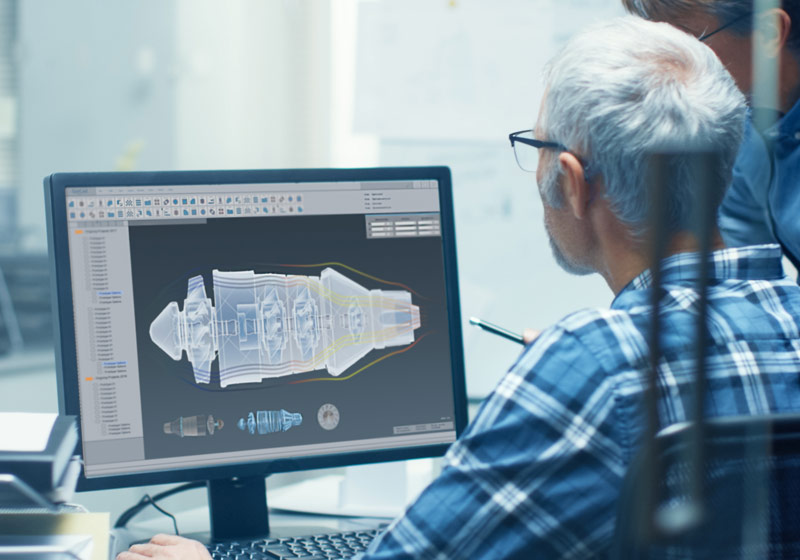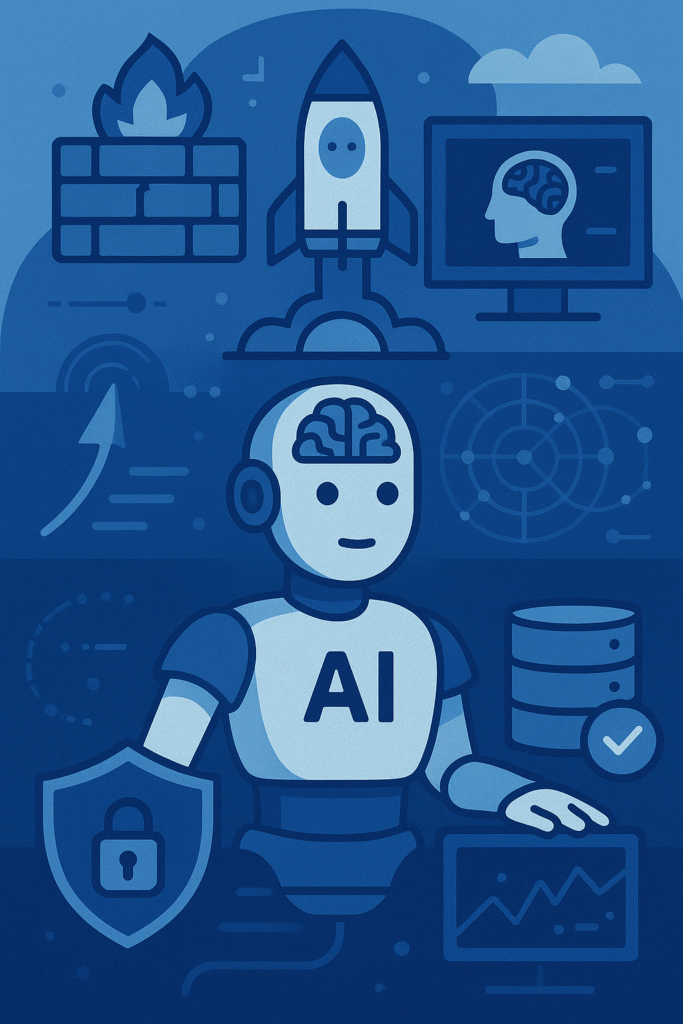When aerospace leaders think about AI, they often picture a long runway before takeoff — complex integration, hesitant engineers, and months of testing before results.
But after more than 50 Custom GPT deployments in high-stakes aerospace and defense environments, NetRay has seen a different reality: faster adoption, bigger wins, and a few surprises that even veteran engineers didn’t see coming.
Here’s what really happens when AI enters the flight plan.
1. AI Sees the Cracks You Can’t
In 85% of projects, the first “wow” moment isn’t about futuristic predictions — it’s about discovery. AI exposes hidden data flaws that can quietly undermine test accuracy.
What we’ve seen it catch:
Calibration drift between facilities
Sensor mismatches buried in archives
Measurement errors that passed years of manual checks
Example: One defense program found three test sites using different pressure sensor calibrations. Fixing this boosted flutter test accuracy by 15% — all discovered in Week 1.
💡 Takeaway: Before AI predicts the future, let it clean up your past.
2. Regulators Say “Yes” Faster to AI Reports
The fear? FAA or DoD rejection.
The reality? 30% faster approvals and 95% fewer clarification requests for AI-generated compliance reports.
Why they like them:
Structured, complete, and traceable reports
All stats linked to raw data
No missing sections or inconsistencies
✅ Bottom line: Once validated, AI reports don’t just pass — they set a new standard.
3. The Week 2 “Aha Moment” Flips the Switch
Nearly every rollout follows the same pattern:
Week 1: “It might work for the basics.”
Week 2: “Wait, how did we never see this before?”
Week 3: Trust builds
Week 4: AI becomes part of daily ops
One senior flight test engineer told us:
“In 20 years, I never spotted the humidity-vibration pattern the AI found in Week 2. That’s when I knew — this is here to make us sharper.”
💡 Tip: Don’t oversell internally. Let the AI prove its worth by revealing patterns no one’s seen before.
4. Plug-and-Play Beats Rip-and-Replace
Many teams brace for full system overhauls. The reality? 90% of integrations work with existing systems and take less than four hours of downtime.
We’ve successfully connected AI into:
MATLAB/Simulink APIs
LabVIEW real-time feeds
PCM decommutation systems
Automated document workflows
If your data can stream to a dashboard, it can stream to AI.
5. ROI Touches Down 3x Faster Than Forecast
Most plans predict 12 months to ROI. In reality, it’s often 3 months.
The journey:
Weeks 1–4: Real-time anomaly detection, automated reporting, manual checks eliminated
Months 2–3: Faster test cycles, early detection of issues, engineers focused on mission-critical work
Example: A next-gen fighter program projected $2M in savings per year. Actual: $3.5M in six months — with 45% faster test cycles.
The NetRay Playbook for First-Time AI Deployments
Lead with a data audit — your biggest early wins might be hiding in your archives
Engage regulators early — transparency builds trust
Capture the Week 2 insight — make it part of the adoption story
Integrate into existing workflows — avoid unnecessary disruption
Plan for acceleration — because the ROI curve is steeper than you think
The Truth About AI in Aerospace
The myth: AI slows down operations.
The reality: Teams keep working while AI learns in the background. By Week 3, they’re relying on it. By Week 4, they can’t imagine going back.
Why NetRay?
At NetRay, we build ITAR-compliant, self-hosted AI solutions for aerospace and defense.
Our Custom GPT deployments integrate seamlessly, pass regulatory scrutiny, and deliver measurable ROI in weeks — not years.
📩 Let’s chart your 30-day deployment flight plan — from first data sync to your Week 2 “Aha Moment.”



